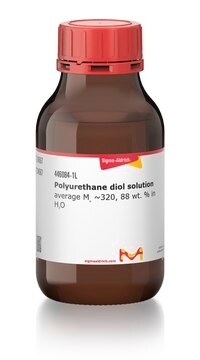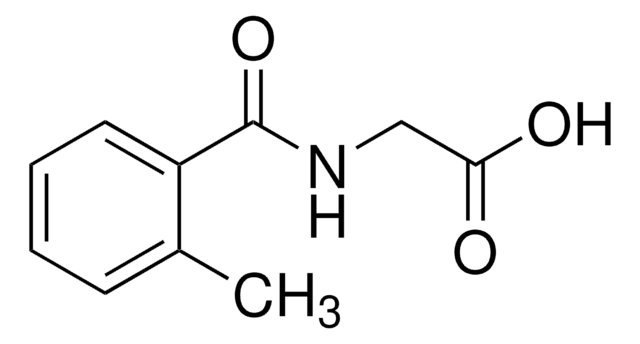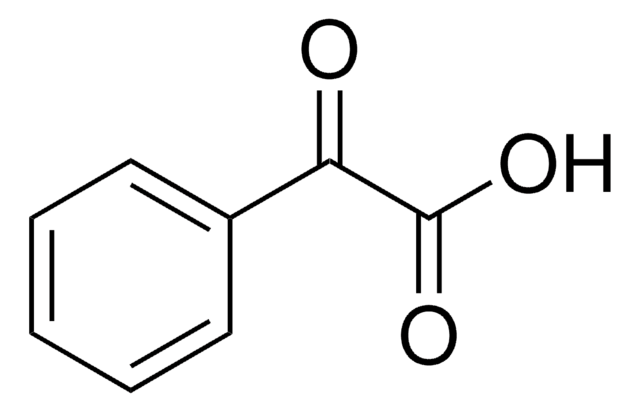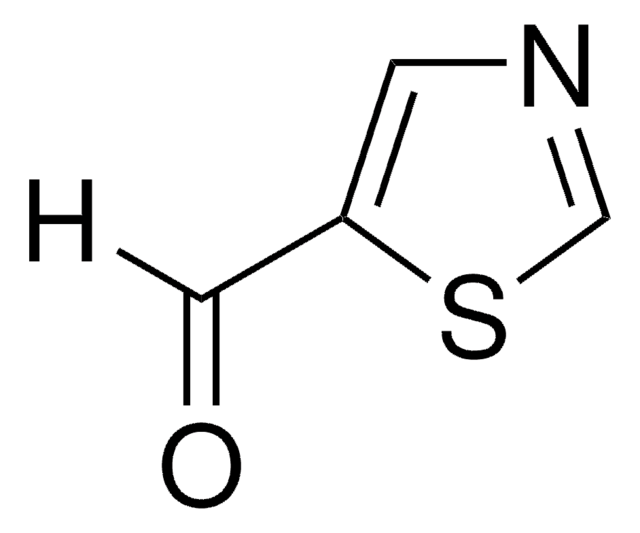430218
Poly[4,4′-methylenebis(phenyl isocyanate)-alt-1,4-butanediol/di(propylene glycol)/polycaprolactone]
pellets, MDI-polyester/polyether polyurethane.
About This Item
Produits recommandés
Résistance à l'abrasion
10 mg (Taber, H-22 wheel)
Forme
beads
pellets
Indice de fusion
4 g/10 min (190°C/8.7kg)
Dureté
84 (Shore A, ASTM D 2240)
Température de transition
Tg −40 °C (DSC)
softening point 85 °C (Vicat, ASTM D 1525)
Densité
1.18 g/mL at 25 °C (lit.)
Chaîne SMILES
N(c1ccc(cc1)Cc2ccc(cc2)NC(=O)O)C(=O)O.OCCCCCC(=O)O.OCCCCO.OCCCO
Clé InChI
UTAMRXGORNGYAA-UHFFFAOYSA-N
Description générale
Application
Caractéristiques et avantages
Mention d'avertissement
Danger
Mentions de danger
Conseils de prudence
Classification des risques
Acute Tox. 4 Oral - Eye Irrit. 2 - Resp. Sens. 1 - Skin Irrit. 2 - Skin Sens. 1
Code de la classe de stockage
11 - Combustible Solids
Classe de danger pour l'eau (WGK)
WGK 3
Point d'éclair (°F)
Not applicable
Point d'éclair (°C)
Not applicable
Faites votre choix parmi les versions les plus récentes :
Déjà en possession de ce produit ?
Retrouvez la documentation relative aux produits que vous avez récemment achetés dans la Bibliothèque de documents.
Notre équipe de scientifiques dispose d'une expérience dans tous les secteurs de la recherche, notamment en sciences de la vie, science des matériaux, synthèse chimique, chromatographie, analyse et dans de nombreux autres domaines..
Contacter notre Service technique










